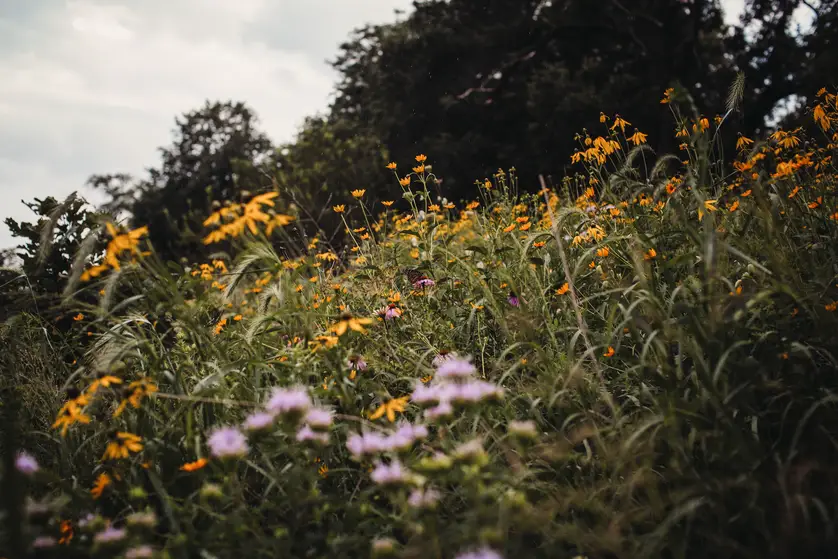In the gardening arena, you must have heard people talking about their zones, have you? The USDA hardiness zone is designed to help people understand their region’s climatic conditions suitable for particular crops. If you live in Chicago searching for a planting zone, you have landed in the right place. This guide is designed to help you find the planting zone in Chicago and the types of crops you can grow in your hardiness zone.
If you look around, you will find some plants and flowers that have managed to survive under Chicago’s harsh winters and blizzards. Such plants include purple coneflowers, snowdrops, and evergreen hollies. The American Horticultural Society, or AHS, has established Heat Zone Map to help gardeners decide which plant to crop in Chicago. It will help you grow such plants that can’t survive the climatic conditions of Chicago. Chicago is listed in zone 5b, in which the minor temperature ranges from up to 10 to -15° F.
Heatstroke And Its Impact On Chicago Planting Zone
Global warming has become an undeniable fact that you can’t ignore! It has brought unpredictable changes in Chicago’s average temperature, and we have witnessed extreme heatstroke that has demolished thousands of plants and crops last summer. Plants can get burned from the sun and endure heatstroke! Some gardeners have mistaken the effects of heatstroke with other diseases, and that’s pretty simple to misunderstand the situation. The extensive heat soaks up water from the soil, and also it put significant damages to the branches and stem that stops growing.
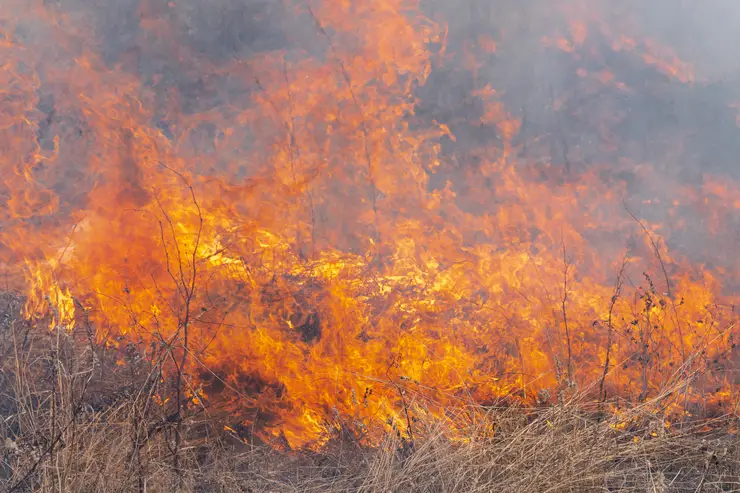
Planting Zone Chicago
To understand the Chicago planting zone, you need to look into the heat zone map that shows Chicago falls into the zone 6 & 7. It means that type of plants and crops that perform exceptionally in southern Illinois aren’t certainly going to perform well in Chicago.
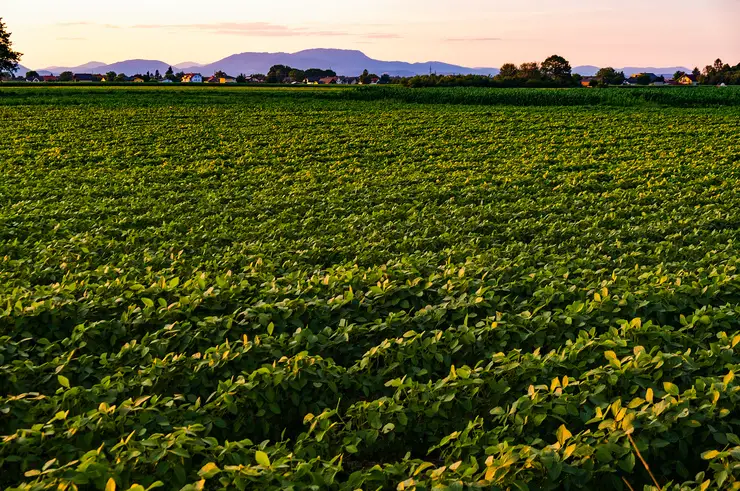
Recommended Plants For Plating Zone In Chicago
Grass can prove to be an essential part of enhancing your home’s outdoor décor. Hence for this, we spend hours to make them look perfect. Some of us end up making a big mistake! We don’t even bother to check for a zone to get the right temperature for planting grass.
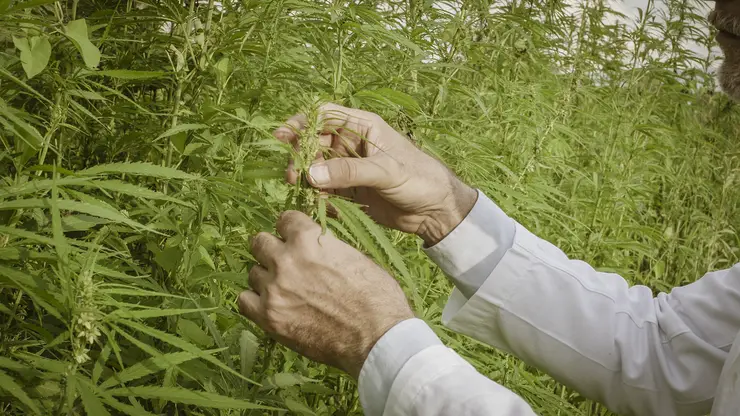
Kentucky bluegrass is the most popular type of grass known for its hardiness and quick recovery abilities. You can plant it when there is full sunshine, but it requires high maintenance and fertilizers. The other type of grass named fine fescues demands relatively less maintenance compared to Kentucky bluegrass. It can bear mild foot traffic and last for a significant time. This means that investing in it can us way profitable.
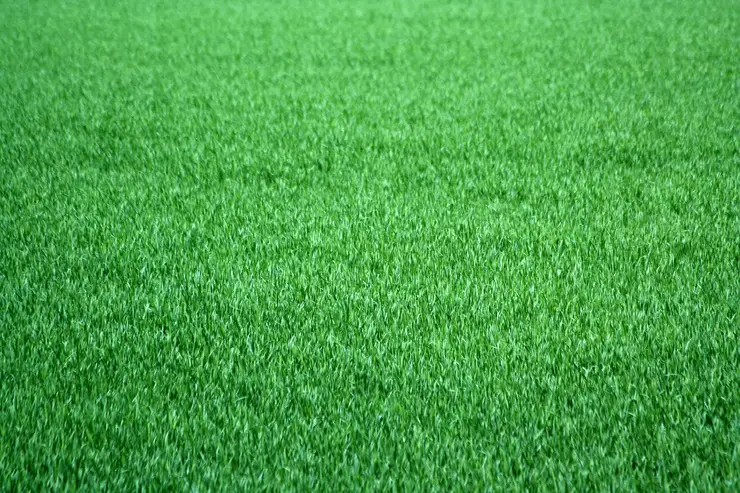
While talking about Perennial Ryegrass, it is considered among the sturdy ones that can bear wear and tear and much of your foot traffic. It is similar to Kentucky bluegrass when it comes to nature. You are not recommended to use it as your main low grass. Instead, you can mix it with other types to get the best outcomes. Despite being a windy area, you can accept much more sweltering in Chicago; thereby, before choosing any, kindly make sure to thoroughly comprehend the heat map zone designed to help Chicago gardeners.
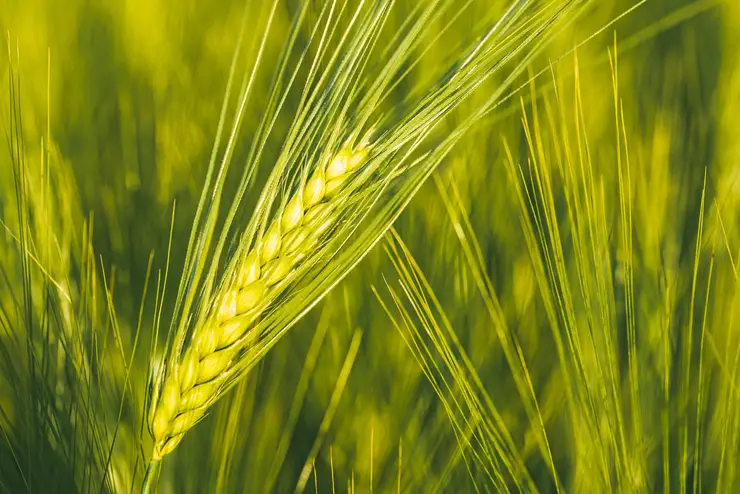
Things To Consider Before Planting Garden In Chicago
Chicago experiences frosty winters and scorching summer, which requires gardeners to consider few things to bring healthy plants each season. From sprucing up garden beds to picking seeds, these tips will help you acquire the best outcomes in the Chicago planting zone.
Choose Plant As Per The Requirements Of Your Planting Zone
Choose a plant that comes with the capability to survive under frosty conditions of your particular area. Hence, you need to check out for zone hardiness of your desired plant from the USDA Hardiness Zone map. Chicago falls into zone 5, with an average cold temperature of – 20°F to – 10°F. Usually, you will be given a label on plants demonstrating that the plant is hardy up to zone x. Always remember that if you pick plants with a higher zone number than the zone in which you live, the chances are they will neither flourish – nor endure.
Beware that these guidelines are general, although some other factors identified with temperature can and do influence your plantings, like how much shade or breeze a particular area may have.
The Required Amount Of Sunlight
See how long of sunlight the region you are planting gets every day. Plants are generally marked as low/conceal, medium/fractional sun, or high/full sun. Low or medium-conceal plants usually need a little to a couple of hours of sunlight, yet high/full sun plants need no less than eight hours of sunlight each day.
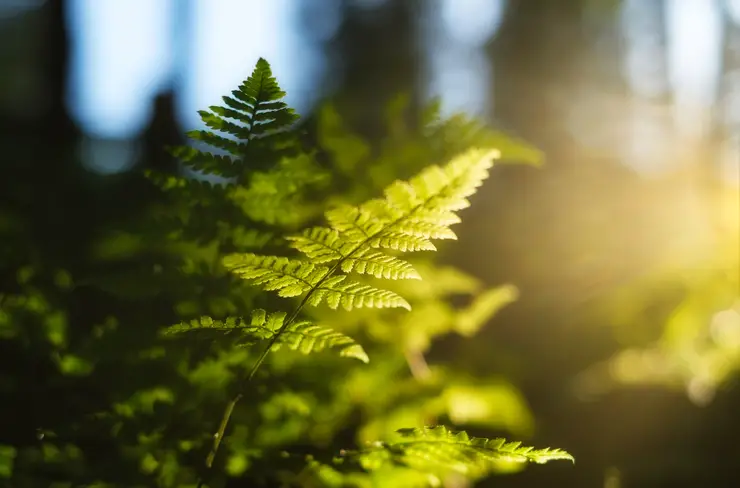
Uphold A Soil Test
If you are planting in a space that you haven’t had much karma with previously, you should have the soil test. Plants, for the most part, favor an unbiased equilibrium between alkalinity and corrosive. On the pH scale, that is around 7, and if your pH is low (under 6), the soil is excessively acidic, and you can add some limestone to bring the balance back to it. If your soil pH is above 7.5, it is excessively antacid, which is ordinary of Chicago soil. You can add sulfur to cut the pH down.
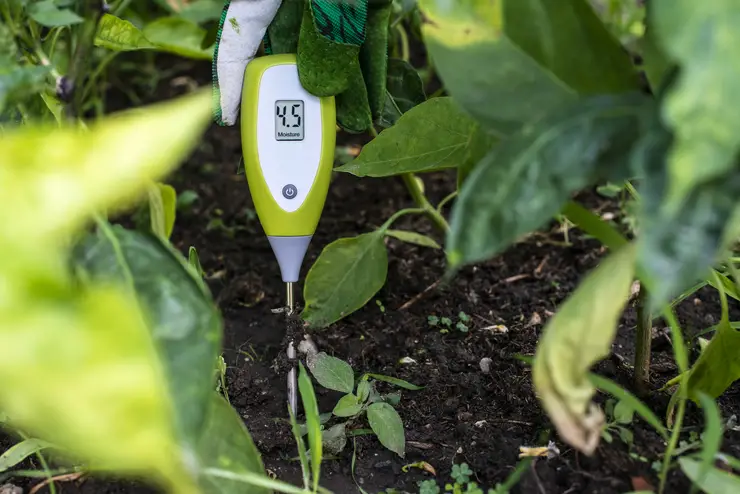
Water Accessibility
While it might appear utterly evident, considering the wetness of your soil is fundamental. Water that we pour can disintegrate both the soil and the root framework, advancing organism development and drawing in bugs that can hurt your plants. Substantial water run-off or sitting water can antagonistically influence a plant’s root framework by compacting the soil around it and not permitting the plant to inhale and dissolving the actual soil or washing away a significant number of the fundamental supplements in it.
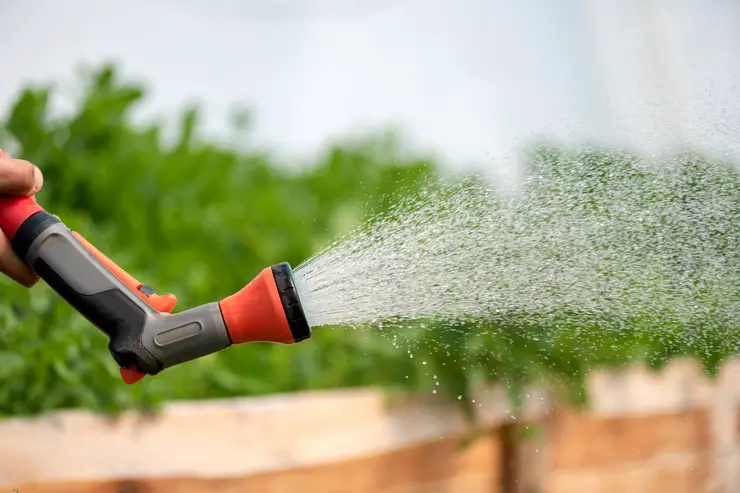
Wrap Up
With the proper information about the planting zone, you can kick start your farming and gardening activities. It is essential to understand your hardiness zone because it helps you list up crops that can better survive under the climatic conditions of your respected zone. In Chicago, you can grow unlimited vegetables, including Summer squash, Tomatoes, Beans, Eggplant, Carrots, Spinach, and Herbs.

